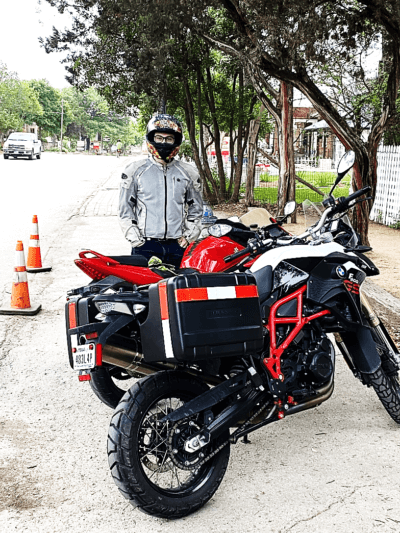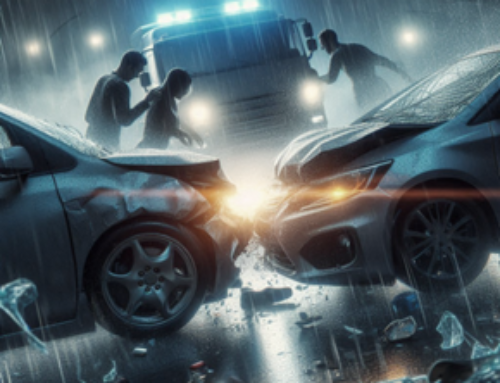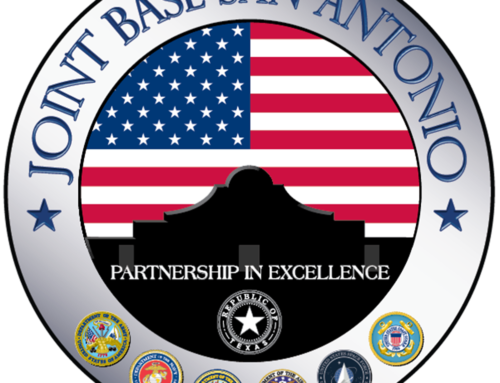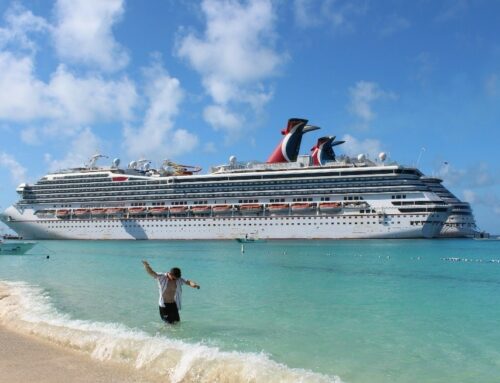Crash Course: How to Save a Life at the Scene of a Motorcycle Accident
 Motorcyclists are well-known for their generosity and compassion, whether it’s raising money for a good cause, protecting children, or saving animals in distress. But what if you encounter a rider who has crashed and needs help? Do you know what to do and what not to do until professional help arrives?
Motorcyclists are well-known for their generosity and compassion, whether it’s raising money for a good cause, protecting children, or saving animals in distress. But what if you encounter a rider who has crashed and needs help? Do you know what to do and what not to do until professional help arrives?
Safety First
The first rule of any rescue is to protect yourself and the victim from any further harm. This means first assessing the scene for any potential dangers, such as fire, traffic, or live wires. If possible, move the victim to a safer location, but only if you can do so without causing more injury. Try to keep the victim’s spine aligned as you move them, and leave their gear and helmet on.
Make sure you are visible to other drivers by turning on your bike’s headlight and flashers, or using flares if you have them. Ask someone else to call 911 and give them as much information as possible about the location, the number of victims, and the full extent of injuries. This will help them send the appropriate resources and speed up their response time.
ABCs of Life Support
Once you have secured the scene and called for help, you can focus on providing basic life support to the victim. The ABCs stand for airway, breathing, and circulation. These are the essential functions that keep someone alive.
- Airway: Check if the victim is conscious and responsive by talking to them or gently tapping their shoulder. If they are not responding, check if their airway is clear of any obstructions, such as blood, vomit, or debris. If you see something blocking their airway, try to remove it with your fingers or a cloth. Do not tilt their head back or lift their chin, as this may worsen a neck injury. Instead, use the jaw-thrust maneuver: place your hands on either side of their lower jaw and gently lift it forward.
- Breathing: Look, listen, and feel for signs of breathing. Watch their chest for any movement, listen for any sounds of air coming in and out of their mouth or nose, and feel for any air on your cheek or hand. If they are not breathing, you may need to perform rescue breathing or CPR (cardiopulmonary resuscitation), depending on whether they have a pulse or not. However, this requires proper training and equipment (such as a barrier device) to avoid infection and injury. If you are not trained or equipped, it may be better to focus on other aspects of care until help arrives.
 Circulation: Check for a pulse by feeling the side of their neck or wrist with your fingers (do not use your thumb, as it has its own pulse). If they have a pulse but are not breathing, perform rescue breathing (one breath every five seconds). If they do not have a pulse and are not breathing, perform CPR (30 chest compressions followed by two breaths). However, as mentioned above, this requires training. If you are not sure how to do it correctly, you may cause more harm than good.
Circulation: Check for a pulse by feeling the side of their neck or wrist with your fingers (do not use your thumb, as it has its own pulse). If they have a pulse but are not breathing, perform rescue breathing (one breath every five seconds). If they do not have a pulse and are not breathing, perform CPR (30 chest compressions followed by two breaths). However, as mentioned above, this requires training. If you are not sure how to do it correctly, you may cause more harm than good.
Bleeding Control
One of the most common and serious injuries in motorcycle crashes is bleeding. Uncontrolled bleeding can easily lead to shock and death in minutes. Therefore, it is crucial to control bleeding as soon as possible:
- Put on gloves if you have them, or use a plastic bag or a clean cloth to protect yourself from blood-borne infections.
- Apply direct pressure to the wound with a sterile gauze, bandage, or any clean cloth. Do not remove the dressing if it becomes soaked with blood; instead, add more layers on top of it.
- Elevate the injured limb (if on arm or leg) above the level of the heart to reduce blood flow.
- Apply a tourniquet if necessary if the bleeding is severe and does not stop with direct pressure. A tourniquet is a device that tightens around the limb to cut off blood supply. You can use a commercial tourniquet if you have one, or improvise with a belt, a scarf, or a piece of cloth. Wrap the tourniquet around the limb, between the wound and the heart, and tighten it until the bleeding stops. Mark the time when you applied the tourniquet, and inform the emergency responders when they arrive. NEVER loosen or remove a tourniquet unless instructed by a medical professional!
Other Considerations
Besides bleeding, there are other injuries that may need your attention at a crash scene. Here are some tips on how to handle them:
- Head injuries: If the victim is wearing a helmet, do not remove it unless they are not breathing or choking. Removing the helmet could cause more damage to their neck or spine. If you must remove the helmet, do it carefully, and with another person’s help. Support the victim’s head and neck as you lift the helmet off from the back.
- Spinal injuries: If you suspect that the victim has a spinal injury, such as if they complain of neck or back pain, have numbness or weakness in their limbs, or have an obvious deformity of their spine, do not move them unless absolutely necessary. Moving them may worsen their condition and cause permanent paralysis. Keep their head and neck aligned and stable until help arrives.
- Burns: If the victim has burns from fire, friction, or chemicals, try to cool the affected area with water or a moist cloth. Do not apply ice, butter, oil, or any other substances to the burns. Do not break any blisters or remove any clothing that is stuck to the burns. Cover the burns with a sterile dressing or a clean cloth until you can seek medical attention.
 Motorcycle crashes have the potential to be devastating and life-threatening. But during a crisis, you may be in a position to help a fallen rider until professional help arrives. By following these basic guidelines on how to handle a crash scene, you can make a difference and possibly save a life.
Motorcycle crashes have the potential to be devastating and life-threatening. But during a crisis, you may be in a position to help a fallen rider until professional help arrives. By following these basic guidelines on how to handle a crash scene, you can make a difference and possibly save a life.
Remember: safety first, call for help, check ABCs, control bleeding, and treat other injuries as needed.
Stay safe and ride smart!
We at the Herd Law Firm, PLLC, are drivers and motorcycle riders, too! We support drivers, bikers and motorcyclists injured on the road, and have successfully represented such victims seeking the assistance and compensation they so need and deserve.







